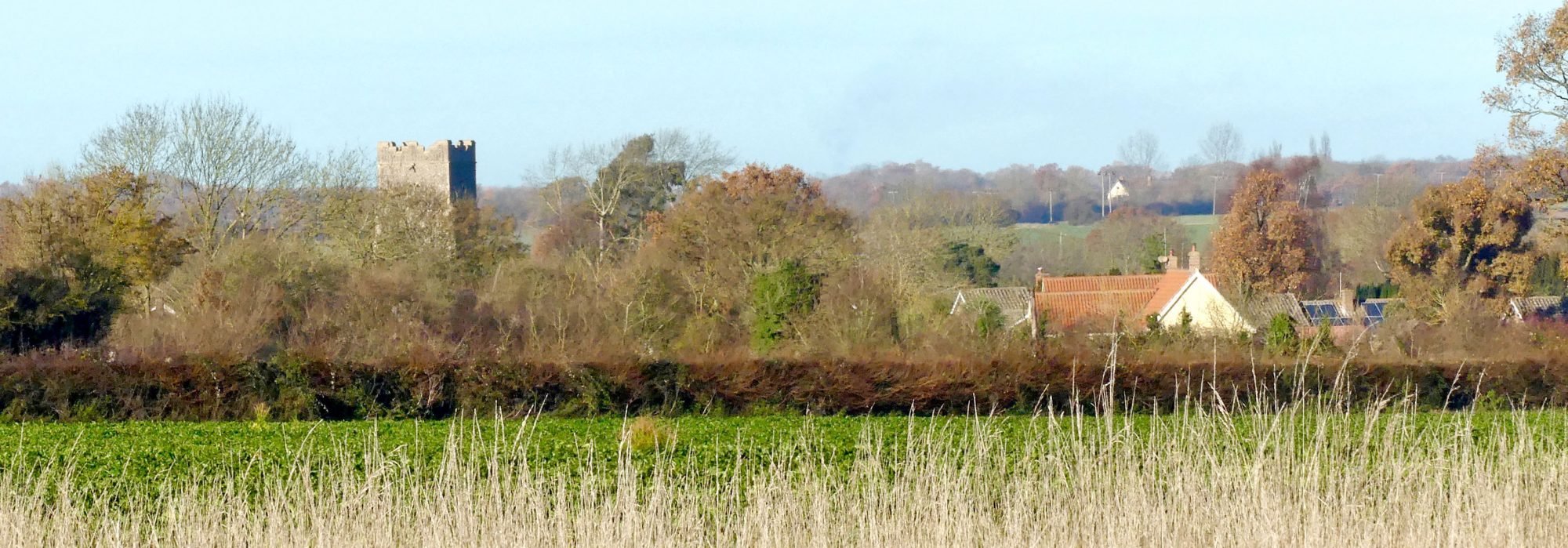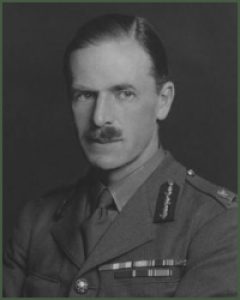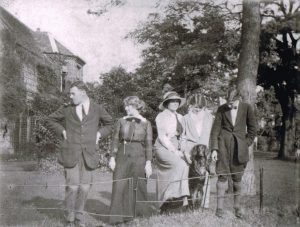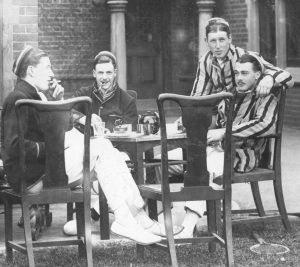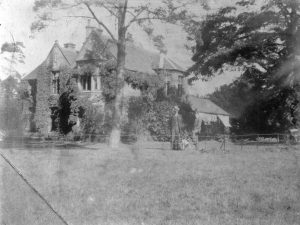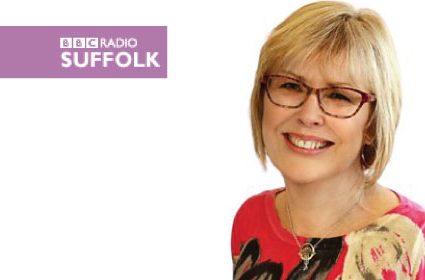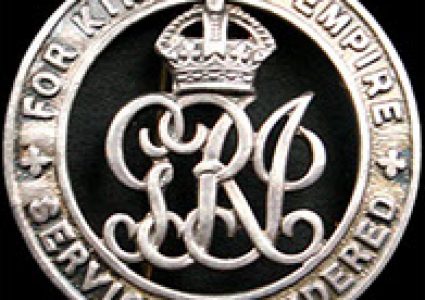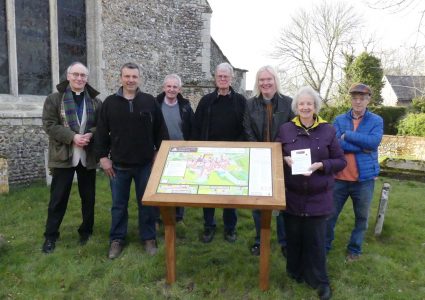On The Roll of Honour
Richard was born on 15th January 1891 in Great Waltham, Essex. His parents were the Rev Richard Standly (36) and Dorothea Susanna (nee Pettiward age 33). His father later became the Vicar of Badwell Ash.
1901 Census: Age 10, Richard was a Boarding pupil at the Everyday Prep School in Southward. It was run by Maurice M Knowles, a Clergyman and Schoolmaster. His brother, Robert (who died in World War One) – see the “Lest We Forget” booklet produced by the Badwell Ash History Group – was at the same school but in a different house. The address was ’The Walden, The Common, Southwold’. A year later, Richard’s mother died on 21st February 1902 in Epping when he was 11.
1911 Census: By this time, Richard was a Gentleman Cadet with the Royal Artillery in Woolwich. This marked the start of a lifelong career in the British Army where as illustrated below, he was highly successful.
His secondary school was Haileybury a public school between Harlow and Welwyn Garden City in Hertfordshire.
Military and War: Between 1911 and 1913 he trained at the Royal Engineers depot in Chatham, Kent. A year later he’d been sent to Madras, India, where he was the Assistant Garrison Engineer. During the First World War he was with 2 Queen Victoria’s Own Sappers and Miners and the Indian Army in Bangalore and Secunderabad, India (1915). Between 1915 and 1919 he served in Mesopotamia and Persia.
During this period he was awarded The Military Cross (1915) and The DSO (1917) He was made a Brevet Major in 1919 in the same year that he was made a Captain. Between 1919 and 1920 he served in Iraq. By 1924 he had graduated from the Staff College in Camberley, Surrey. For the next 2 years (1925-1927) he was an Instructor in Tactics at the School of Military Engineering.
During this period (1926) he was promoted to Major. Between 1927 and 1929 he was a General Staff Officer 2 at the Royal Military College, Kingston, Ontario, Canada. On his return to England he was made Commanding Officer, 54 Field Company, Royal Engineers at Bulford in Wiltshire (1929-1931). During this time he had been made a Brevet Lieutenant Colonel in 1930. The period 1931 -1933 saw him as General Staff Officer 2, Southern Command.
The year 1934 saw him promoted to Lieutenant Colonel and obtain a position at the Imperial Defence College. A major task between 1935 and 1936 saw him improving the defences for the island of Malta. He was promoted to Colonel in 1936 just in time for him to return to England (until 1937) and serve as General Staff Officer 1 at the War Office. The year 1937 also heralded his promotion to Temporary Brigadier.
The period 1937 -1939 found him as an Army Instructor at the Imperial Defence College. As the Second World War was starting, he was made a Major General and served in the war until victory in 1945. For the first year, 1939, he was Director of Military Operations then between 1940 and 1941 he was Chief of Staff to ACM Sir Henry Robert Moore Brooke-Popham, Commander-in-Chief in the Far East. He was awarded The Companion of the Bath in 1941.
He was appointed as Deputy to Field Marshal Sir John Greer Dill, British Joint Service Mission, Washington DC, USA in 1942. For the next 2 years (1943-1944) he was Head of the Army and Air liaison Staff in Australia. Between 1944-1945 resulted in him being Head of Supreme Headquarters, Allied Expeditionary Force (SHAEF) Mission to Denmark. On 27th July 1945 at the age of 54 he was awarded The Order of Dannebrog with Breast Star at the Sorgenfri Palace. Four months later on 8th November he was awarded the Commander Legion of Merit.
At the end of the war when there was an enormous amount of work to do in Germany and elsewhere, he found himself as a member of the Allied Control Commission in Berlin. This finished in 1946 the same year as he retired.
He was probably as well qualified as anybody at Officer Level to describe his experiences and they culminated in the publication of a book called “The Army” – published by William Hodge in 1938. Although this was before the outbreak of World War Two, clearly even by then he’d had many experiences in the Army. (Thanks to Donia Stick for this military biography)
Post War: He married Helen Wogan-Browne in March 1920 at St George’s, Hanover Square, London. They had 3 sons and 2 daughters. She died on 19th December 1956 at the age of 76. They’d been married for 56 years whilst Richard lasted to a ripe of age of 90 and passed away in Scotland in September 1981. He is buried at Nigg in the Highlands.
